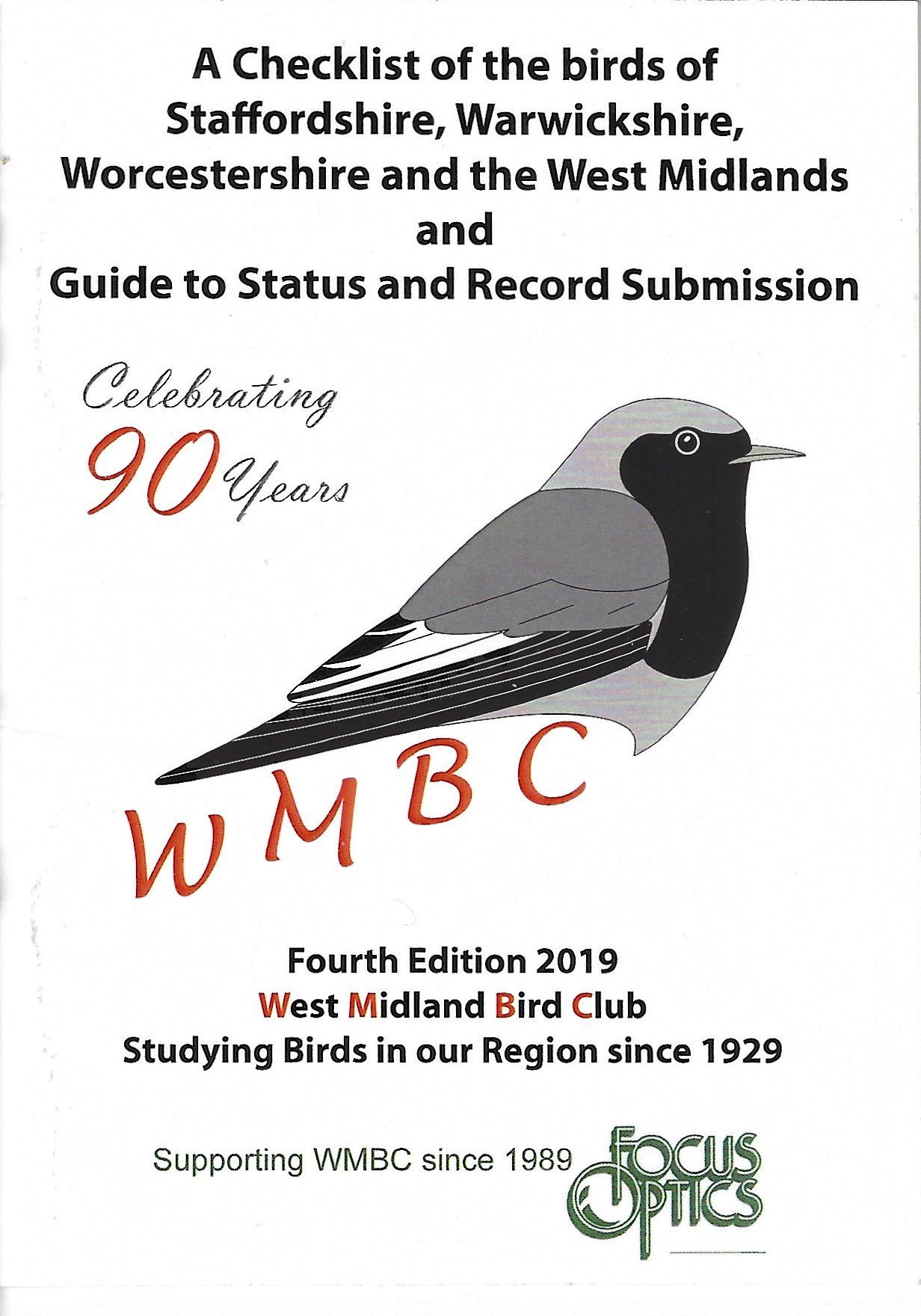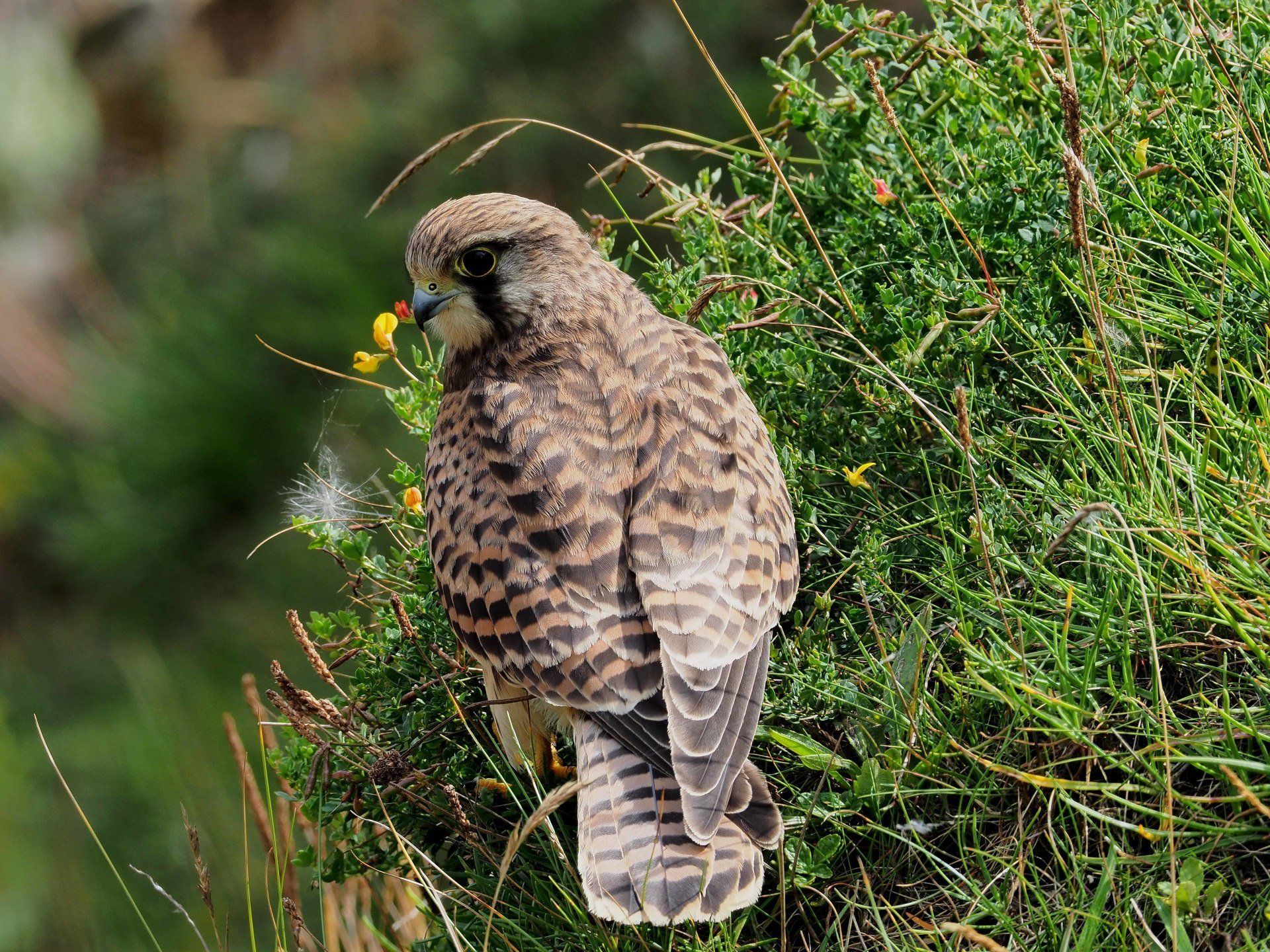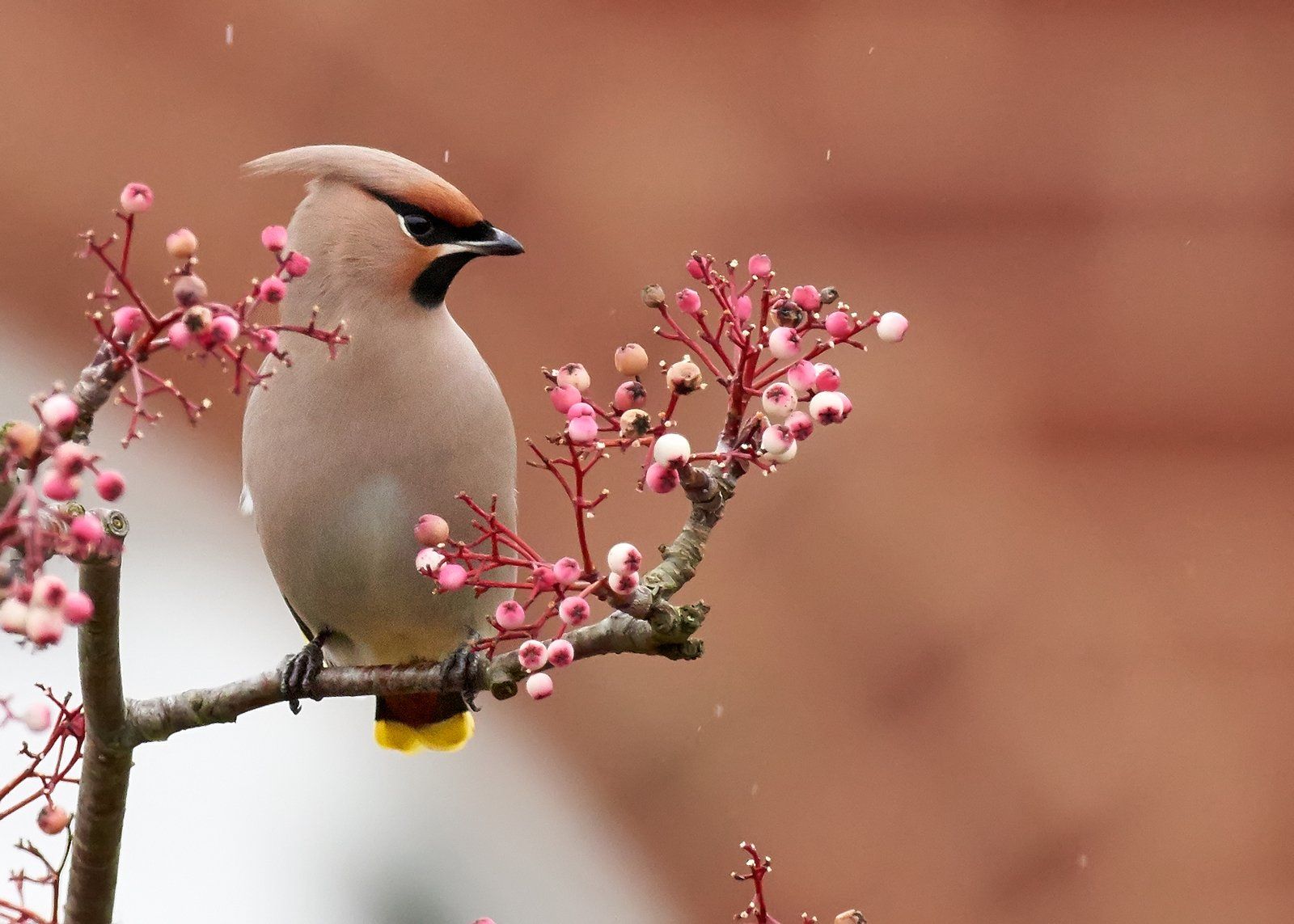Submission of Bird Records
for the West Midland Bird Club Annual Report
Your records are vital to the production of our Annual Report - The Birds of Staffordshire - Warwickshire - Worcestershire and the West Midlands - Therefore, you are encouraged to submit them, ideally throughout the year and certainly by the end, to the appropriate County Recorder, preferably using the
BTOs Birdtrack
or using Excel, MS Word etc.
County Recorders
Warwickshire
Chris Hill - Email:
57 Lower Cape, Warwick, CV34 5DP
Worcestershire
Craig Reed - Email:
27 Meadow Rise, Bewdley, DY12 1JP
Staffordshire
Nick Pomiankowski - Email:
22 The Villas, Stoke-on-Trent, ST4 5AQ
West Midlands
Peter Forbes and Steve Haynes- Email:
15 The Paddock, Curdworth, Sutton Coldfield, B76 9HB
In celebration of 90 years of bird study the West Midland Bird Club have produced a new Checklist of the birds of our Region Fourth Edition 2019
A Checklist of the birds of Staffordshire, Warwickshire, Worcestershire and the West Midlands and Guide to Status and Record Submission. For further details and how to obtain a copy, visit: ‘Our Publications’ page on this website.
Kestrel - Wali Taylor
Waxwing - Martyn Pitt
BTO BirdTrack - Website:
www.bto.org/birdtrack
Our Report is the only authentic source of information on the avifauna
of our four counties
What information is required
Basically, any records that you have are valuable and should be sent in. However, their value can easily be enhanced by adding detailed information. All of the information required to submit a full and accurate record is available in our booklet:-
A Checklist of the Birds of Staffordshire, Warwickshire, Worcestershire and the West Midlands and Guide to Status and Record Submission.
This booklet is provided to all members or available from the Club Secretary:-
(Cover cost + P&P)
Description Species
Each year the Rarity Committees of the 4 counties consider which species require some form of confirmation when records are submitted – these are listed in the back of the Annual Report. The requirements for confirmation can change as species become commoner or rarer. In order to keep you better informed of changes to status, a list of species requiring confirmation can be downloaded as a PDF and this will be updated regularly.
What should my description include
Not every description need be equally detailed, the amount of detail required being a function of the status of the species involved and the degree of difficulty in its identification. The golden rules are to: write your description on the spot; avoid preconceptions and record only what you see. An exhaustive description of an unfamiliar bird, however, should contain enough exact elements to ensure absolute proof of identity.
Submit your records
Never be put off from submitting your records, even if there is an element of doubt in your mind that your identification of a species may not be entirely correct. The County Recorders, together with their teams are available to assist in such matters. Always keep in mind that your records are of great importance in developing the understanding of the birds of our region.
Social Media- The Risk of Disturbance to Rare Breeding Birds
In this age of high interest in Birds and Birding, the social aspect can be a pleasurable part of the scene, in respect to informing your fellow birders of your sightings and experiences.
One of the most ever more popular ways of doing this, is through various Social Media outlets, including Twitter. Generally this is favourably received and reciprocated. However, there are times when restraint should be shown, in regard to rare and locally rare Birds, especially during the breeding season. With all good intentions meant, the news put out, could be visible & available to the ‘wrong hands’, be it an egg collector, bird persecutor, irresponsible photographer or….an irresponsible twitcher! A careless tweet or other social media post could lead to undesirable attention or disturbance to breeding birds, a nesting area or site!
The West Midland Bird Club supports and encourages sensible use of Social Media by users, in regard to the rare and locally rare birds that could be encountered in the Club’s region. Being a responsible Birder, includes having a duty to protect the very birds we have pleasure in watching. Below is a list which includes ‘Schedule 1 Birds’ (Species fully protected by law and it’s a criminal offence to disturb during the breeding season) + other species of particular interest. Be very cautious when considering to Tweet out, etc, sightings of these species during the breeding season, in fact the best policy is, ‘íf in doubt -don’t put it out’.
What Steps can you take to Protect Breeding or Suspected of Breeding, Rare and locally Sensitive Species?
* Consider that the breeding season runs from the beginning of March to late
July.
* Singing birds on territory, in suitable habitat, displaying birds, birds seen in
pairs etc should all be considered as potentially breeding.
* Familiarize yourself with the lists of birds below.
* Try and curb the need to socially put out sightings of sensitive species, even
if the site information is vague.
* If unsure, seek advice of a more experienced birder friend.
* Don’t consider some sites as ‘save’ e.g.Managed Nature Reserves, to socially
Report out rare birds, that might be breeding.
Schedule 1 Species
Schedule 1 species are protected by law and it is a criminal offence to disturb these birds during their breeding season.
Below is a list of Schedule 1 species, and a few additional species that due to their rarity should be treated the same as Schedule 1 birds.
Avocet
Baillon's Crake
Barn Owl
Bearded Tit
Bee-eater
Bewick's Swan
Bittern
Black Grouse
Black Kite
Black Redstart
Black Tern
Black-necked Grebe
Black-tailed Godwit
Black-throated Diver
Black-winged Stilt
Bluethroat
Brambling
Capercaillie
Cattle Egret
Cetti's Warbler
Chough
Cirl Bunting
Common Crane
Common Crossbill
Common Rosefinch
Common Scoter
Corncrake
Crested Tit
Dartford Warbler
Dotterel
Eurasian Eagle-Owl
Fieldfare
Firecrest
Garganey
Golden Eagle
Golden Oriole
Goshawk
Great Bustard
Great Northern Diver
Great White Egret
Green Sandpiper
Greenshank
Greylag Goose
Gyr Falcon
Hen Harrier
Hobby
Honey-buzzard
Hoopoe
Kentish Plover
Kingfisher
Lapland Bunting
Leach's Petrel
Little Bittern
Little Gull
Little Ringed Plover
Little Tern
Long-tailed Duck
Marsh Harrier
Marsh Warbler
Mediterranean Gull
Merlin
Montagu's Harrier
Osprey
Parrot Crossbill
Penduline Tit
Peregrine
Purple Heron
Purple Sandpiper
Quail
Red Kite
Red-backed Shrike
Red-necked Grebe
Red-necked Phalarope
Red-throated Diver
Redwing
Roseate Tern
Ruff
Savi's Warbler
Scaup
Scottish Crossbill
Serin
Shore Lark
Short-toed Treecreeper
Slavonian Grebe
Snow Bunting
Snowy Owl
Spoonbill
Spotted Crake
Spotted Flycatcher
Stone-curlew
Temminck's Stint
Velvet Scoter
Whimbrel
White-tailed Eagle
Whooper Swan
Wood Sandpiper
Woodlark
Wryneck
Other Rare Breeding Birds that should be considered as above.
Arctic Skua
Common Goldeneye
Common Pochard
Corn Bunting
Eurasian Wigeon
Gadwall
Golden Pheasant
Golden Plover
Goosander
Hawfinch
Lesser Spotted Woodpecker
Little Egret
Long-eared Owl
Nightingale
Nightjar
Pied Flycatcher
Pintail
Ptarmigan
Red-crested Pochard
Redstart
Ring Ouzel
Short-eared Owl
Shoveler
Turtle Dove
Twite
Water Rail
Wheatear
Willow Tit
Wood Warbler
Yellow-legged Gull
How to Submit Records of Rare Breeding Birds.
It goes without saying, that records of rare breeding birds are important to submit, to contribute to the full Avifauna of the West Midland Bird Club Area. The safest way of doing this, is through the BTO Birdtrack Website
All records of rare breeding birds are filtered out of the public viewing, relevant parts of the website.
Another appropriate way of submitting information, is direct to your relevant county recorders. Contact information can be found at the top of this page.
Thank you for reading this information, tell your fellow Birders about the details and enjoy your Birding!




